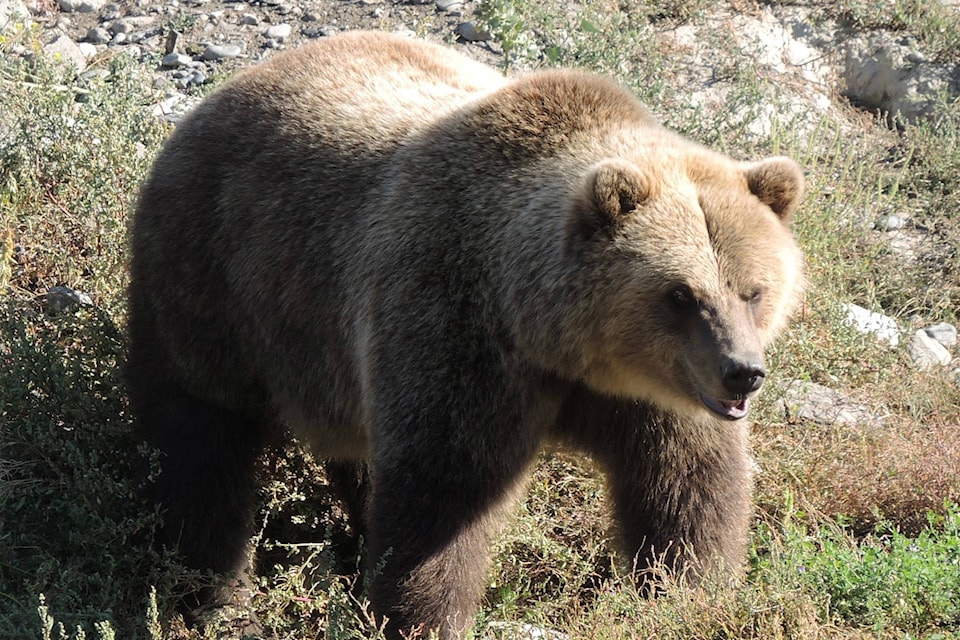Alberta’s grizzly bear population is on the rise.
Grizzly bears have been listed as “threatened” in Alberta since 2010. At that time, the provincial population estimate was between 700 and 800 bears.
The provincial estimate is now between 865 and 973.
“I am pleased to see grizzly bears are thriving in Alberta,” said Alberta Environment and Parks Minister Jason Nixon. This is the fulfillment of an important promise to Albertans and a true testament to the hard work and commitment of Alberta environment and parks staff and our partners through population surveys, recovery efforts and community outreach.”
For the first time, Alberta has science-based population estimates for all provincial bear management units. The province says no other jurisdiction in the world has undertaken or achieved grizzly bear population inventory work at this scale.
Two recent grizzly bear population surveys by fRI Research, with support from Alberta Environment and Parks and the Alberta Forest Products Association, has found that the grizzly population has doubled in the Foothills area east of Banff National Park.
A large area of boreal forest between Whitecourt and Lesser Slave Lake found about 62 grizzly bears. This is the first scientific population estimate for this area.
“This was truly a team effort by the many field workers, helicopter pilots, laboratory personnel, geographic information system (GIS) analysts, and statisticians who, with the support of the partners, have worked together to provide important new data for provincial grizzly bear management and recovery,” said Gordon Stenhouse, fRI Research’s Grizzly Bear Program Project lead.
Alberta’s updated Grizzly Bear Recovery Plan addresses increasing grizzly populations. It includes measures to reduce human-caused grizzly mortality, maintain access to secure habitat, promote education and awareness such as BearSmart programs, and assesses grizzly bear populations.
